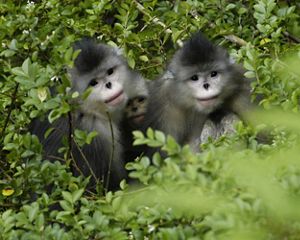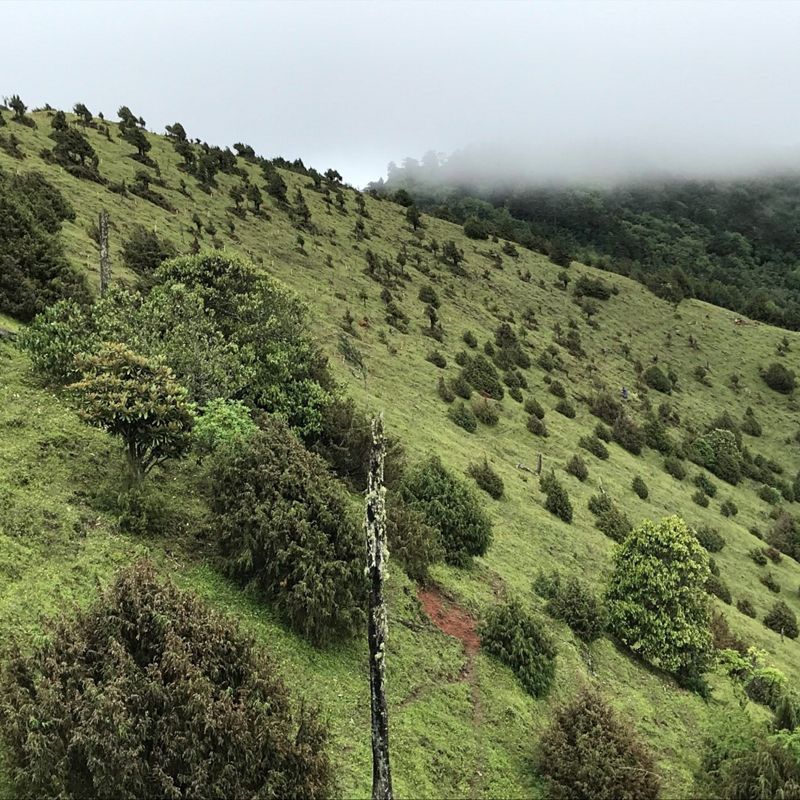
Planting Trees in China's Yunnan Province
Restoring critical forest habitat for endangered species.
China’s Yunnan Province is one of the most biodiverse regions on Earth, home to lush mountain forests, vibrant cultures and iconic wildlife. These landscapes are home to the critically endangered Yunnan golden monkey and the beloved giant panda—species that rely on intact, thriving forests to survive.
Help Us Regreen China
Plant Your TreeFragmented Forests, Fading Wildlife
Yet, increased development and demand for wood products have fragmented these once species-rich forests into isolated patches. In Yunnan and Sichuan, golden monkeys now live in small, disconnected groups of trees, while giant pandas face shrinking habitats within nature reserves. At the same time, desertification in Inner Mongolia threatens to unleash sandstorms across northern China, and the Danjiang watershed—vital for millions of people’s drinking water—is under pressure from degraded land and rising temperatures.
Reforestation is key to reversing these trends. Healthy forests provide clean water, stabilize soil, regulate climate and offer safe havens for wildlife. They also support local communities by creating jobs and building resilience against climate change.
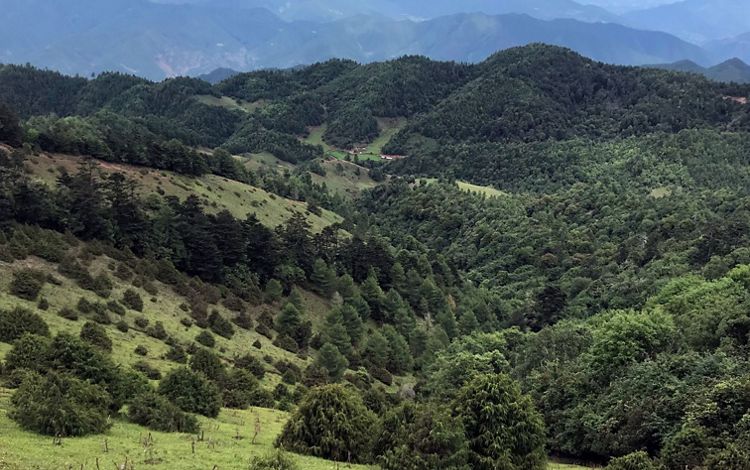
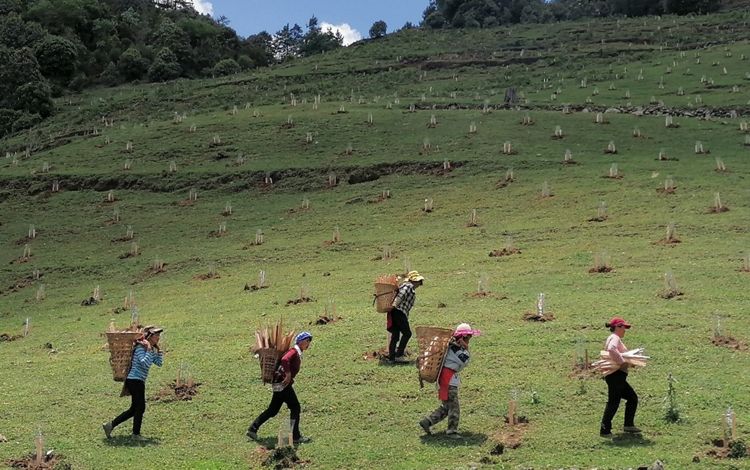
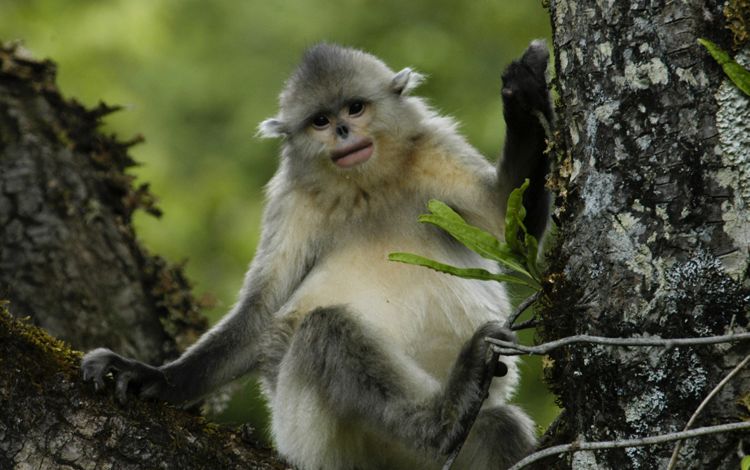
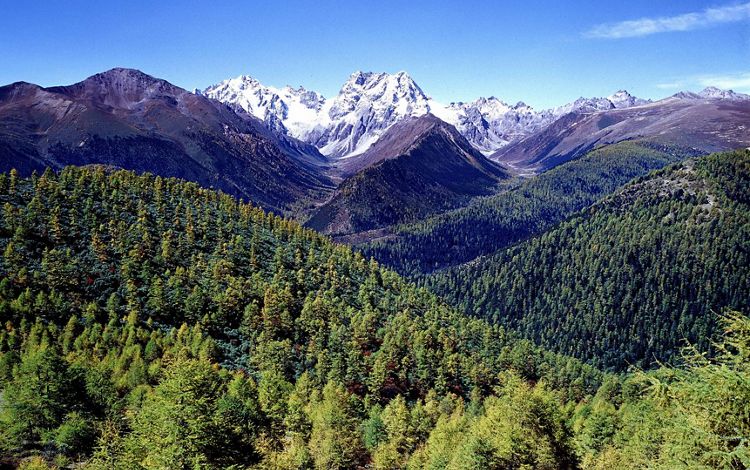

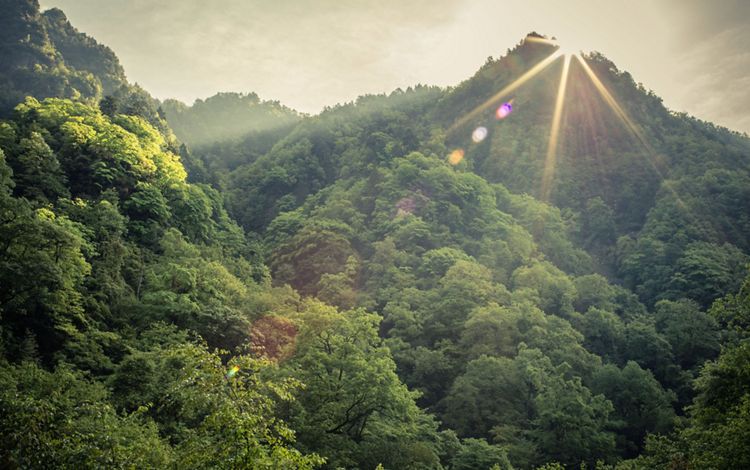
Reconnecting Forests in China
To address these challenges, The Nature Conservancy (TNC) is implementing reforestation practices aimed at restoring and connecting forest habitats, improving water resources and capturing carbon to combat climate change. TNC has planted over 1,500 hectares of forest and over 2.5 million trees. These renewed forests have not only supported biodiversity and species habitat, they have also helped create jobs in surrounding communities.
By restoring these forests, we are helping ensure the future of endangered species, enhancing and protecting the quality of life for local communities and contributing to a healthier planet for humans and wildlife alike.
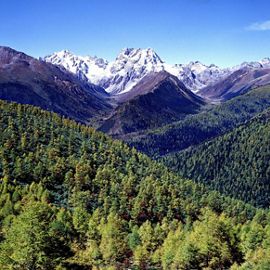
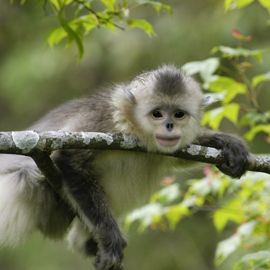


Planting Trees Across China Explore the map above by clicking on locations to learn more about our planting sites.


